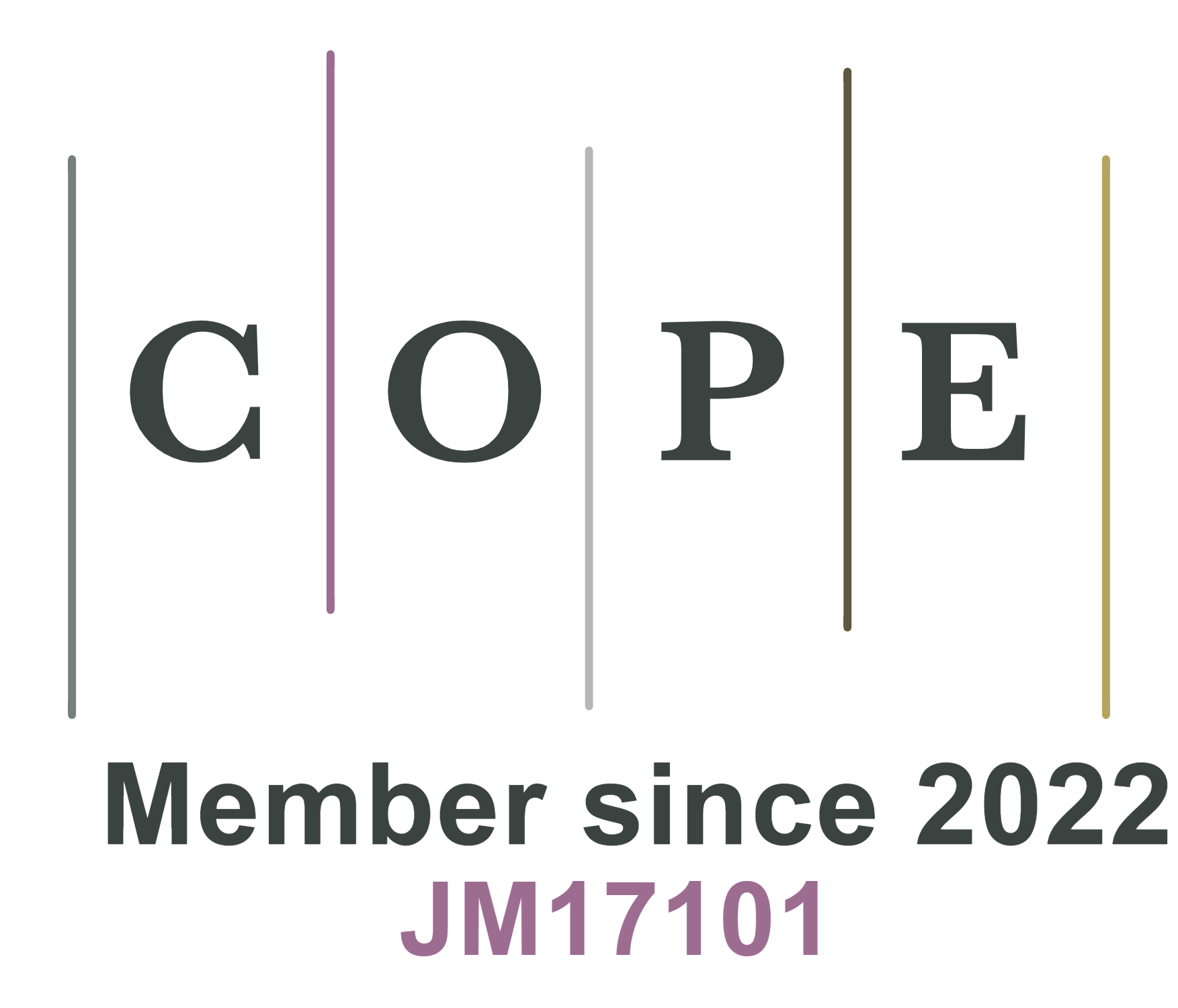Phosphate-tolerant PtCo alloys enabled by sulfur-doped carbon encapsulation for ultra-low-Pt-loading HT-PEMFCs
Abstract
High-temperature proton exchange membrane fuel cells (HT-PEMFCs) have garnered considerable interest owing to their superior tolerance toward CO impurities and the inherent advantages of facile water management. However, severe phosphoric acid (PA) poisoning of Pt catalysts necessitates markedly higher Pt loadings than those in low-temperature PEMFCs, thereby constraining their large-scale deployment. Herein, we present an additive-assisted impregnation approach to synthesize ultrafine PtCo alloy nanoparticles encapsulated by defect-rich S-doped carbon encapsulation layers (CELs). The use of short-chain sodium thioglycolate (STG) enables the formation of ultrafine PtCo nanoparticles (~2.82 nm) coated with ~0.4 nm-thick CELs, effectively suppressing metal sintering during high-temperature annealing and strengthening metal-support interactions. The S-doped CELs provide dual protection against PA poisoning by physically isolating the PtCo alloys and introducing negatively charged carbon defects to electrostatically repel phosphate anions. Consequently, the optimized STG-PtCo/EC catalyst delivers a high mass activity of 0.695 A mgPt-1 at 0.85 V along with enhanced durability in 0.1 M H3PO4 at 80 °C. It further maintains excellent phosphate tolerance and ORR activity, even in concentrated 85 wt% H3PO4 at 120 °C. Remarkably, in HT-PEMFCs, it achieves superior peak power densities of 613 and 908 mW cm-2 in H2-air and H2-O2, respectively, with a low Pt loading of 0.3 mgPt cm-2. Even at an ultra-low Pt loading of 0.1 mgPt cm-2, it delivers a peak power density of 355 mW cm-2 and an exceptional Pt-specific power density of 3.53 kW gPt-1 in H2-air cell, while sustaining stable operation over 100 h with minimal voltage decay. This study offers a versatile strategy to develop phosphate-resistant catalysts for high-performance HT-PEMFCs with low-Pt-loading.
Keywords
HT-PEMFCs, additive-assisted impregnation approach, carbon encapsulation layer, phosphoric acid poisoning, Ultra-low Pt loading, S-doping
Cite This Article
Gan Z, Chen Z, Qiu P, Cao J, Bai J, Ji F, Chen Z, Deng C, Shu C, Tang W. Phosphate-tolerant PtCo alloys enabled by sulfur-doped carbon encapsulation for ultra-low-Pt-loading HT-PEMFCs. Energy Mater 2025;5:[Accept]. http://dx.doi.org/10.20517/energymater.2025.130













